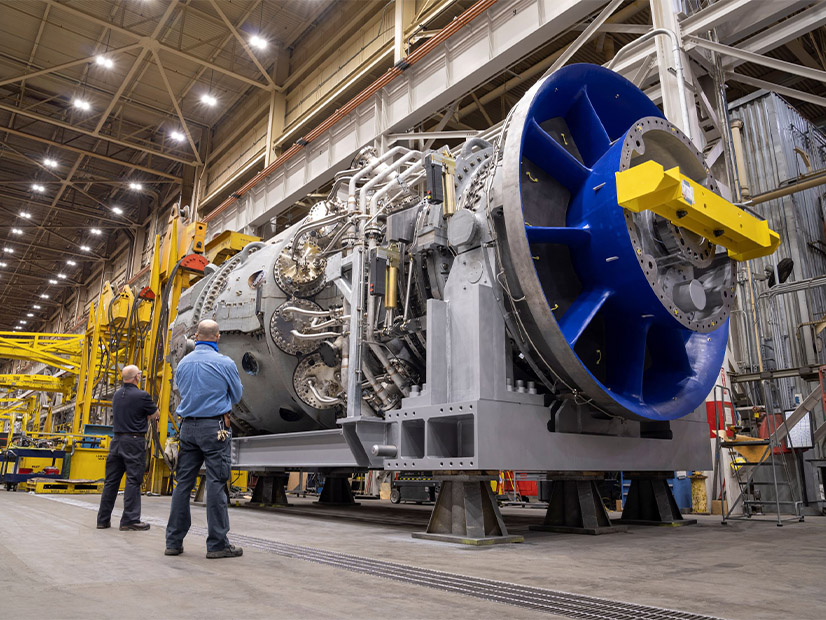GE Vernova reported that its onshore wind business had its best quarter in three years but that its performance was canceled out by problems in its offshore wind business.
The company cut offshore jobs in the third quarter, and CEO Scott Strazik said the financials of the offshore wind industry will need to change substantially before the company takes new orders.
GE Vernova also indicated its long history in the fossil-fuel generation sector will extend for years to come: Strazik said GE Vernova will boost its gas turbine production capacity 28 to 45% by 2026 and still expects little room for additional orders.
For the first nine months of 2024, it has received orders for 78 gas turbines rated at a combined 14.1 GW. That’s 32% more units than in the same period of 2023 and 90% more capacity.
“In addition to equipment demand growth, we are seeing services demand in our installed base grow meaningfully,” Strazik said during a conference call Oct. 23. “As customers aim to get more capacity and better performance out of their plants, we expect greater demand for upgrades driving gas services growth.”
Of the three business segments, Power (gas, steam, nuclear and hydro) had the largest revenue and Electrification had the largest revenue growth. Wind was the problem child.
The offshore wind industry has had financial and logistical problems for more than two years, particularly in the United States.
GE Vernova’s latest struggles are more acute: A July 13 blade failure at the Vineyard Wind project in Massachusetts and the resulting delays will cost the company an estimated $700 million. Federal safety regulators halted installation of towers and nacelles until Aug. 10 and installation of blades until Oct. 22.
Additional problems with blades made by a GE Vernova subsidiary have been reported at the Dogger Bank project off the east coast of Britain.
“We have finalized root cause analysis and confirm the blade issue at Vineyard Wind was caused by a manufacturing deviation from our factory in Canada,” Strazik said. “We are proactively strengthening some of the blades, either back at the factory or in the field, to improve quality and readiness for their intended useful life.”
The emphasis now is on improving execution as the company delivers on a $3 billion offshore wind backlog.
“We do not foresee adding to this backlog without substantially different industry economics than what we see in the marketplace today,” Strazik said.
A financial analyst asked about GE Vernova’s strategy with nuclear fission, which is getting renewed attention as a potential answer to the need to sharply increase power generation and the desire to sharply decrease carbon emissions from generation.
GE Vernova is involved in the Ontario small modular reactor (SMR) project that is the first in North America, Strazik said, and it sees potential in SMRs — but not for a decade or so. The Ontario project is not expected to go online until 2029, and follow-up projects will be years behind, he said.
“We’re really excited about what SMR can mean for us, but it’s not going to financially become a meaningful part of our income statement with revenue and growth until early into the next decade,” he added.
A more immediate opportunity is enhancing the 65 U.S. nuclear reactors that bear the GE name, Strazik said.
“We see at least 3 GW of incremental nuclear capacity we can add, with uprates of the existing installed base that we have, and another couple gigawatts that could get added from restarting plants that aren’t running today.”
GE Vernova reported third-quarter 2024 adjusted EBITDA of $200 million on revenue of $8.9 billion and orders of $9.4 billion. This compares with $200 million, $8.3 billion and $8.2 billion in the third quarter of 2023.
Its stock closed 1.25% higher in trading Oct. 23, a day when U.S. markets were broadly down.




